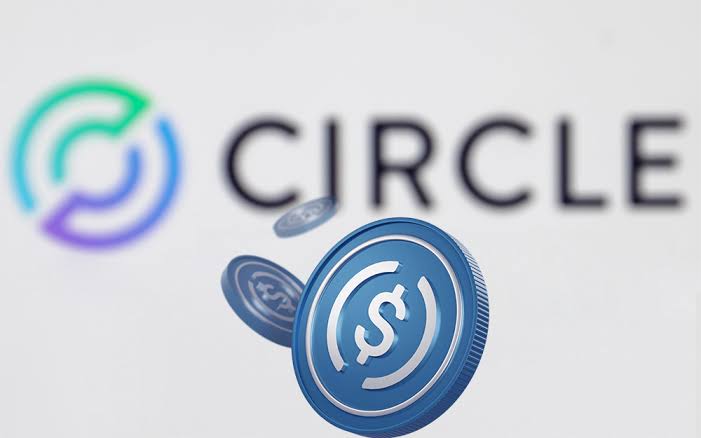The Solana (SOL) blockchain, renowned for its affordable, quick transactions and support for numerous ecosystem apps, is home to the euro-backed stablecoin EURC, according to stablecoin issuer Circle Internet Financial.Users can now transact foreign exchange, trade, borrow, and lend tokens around-the-clock thanks to the stablecoin’s new support on Solana-based decentralized finance (DeFi) apps and digital wallets, such as Jupiter Exchange, Meteora, Orca, and Phoenix.The Avalanche (AVAX), Ethereum (ETH), and Stellar (XLM) blockchains’ native implementations are followed by the expansion to Solana.
“EURC is well positioned to radically enhance utility across peer-to-peer transfers and European remittance corridors,” Circle said Monday.
As a vital component of the digital asset market, stablecoins, a $130 billion asset class, operate as a link between cryptocurrencies that facilitate trade and transactions on blockchain networks and government-issued fiat money.They are also being used more and more for cross-border remittances and savings in underdeveloped nations with unstable financial systems since they provide quicker and less expensive transactions than traditional banking options.
Early this year, research firm Bernstein predicted that stablecoins, which facilitate value exchange on public blockchains through tokens, could become a nearly $3 trillion market in the next five years as more and more consumer and financial platforms plug into them.
The second-largest stablecoin, USDC, was unveiled in June of last year by Circle, the business that created it. The euro-pegged cryptocurrency is supported by a combination of cash reserves and European government debt.With the vast majority of the $130 billion stablecoin market consisting of tokens pegged to the US dollar, euro stablecoins have had difficulty drawing in users.At the moment, EURC has a market valuation of about $55 million.This contrasts with the $24 billion held by USDC and the $90 billion held by market leader Tether (USDT).
According to Circle, EURC will be a regulated e-money token under the impending MiCA legislation, which will apply to all digital assets in the European Union.
“Users will be able to securely hold savings in euro without the need for a traditional bank account, offering a powerful tool for those looking to safeguard against local currency volatility or devaluation risks that afflict numerous regions globally,” said Rachel Mayer, vice president of product management at Circle.


